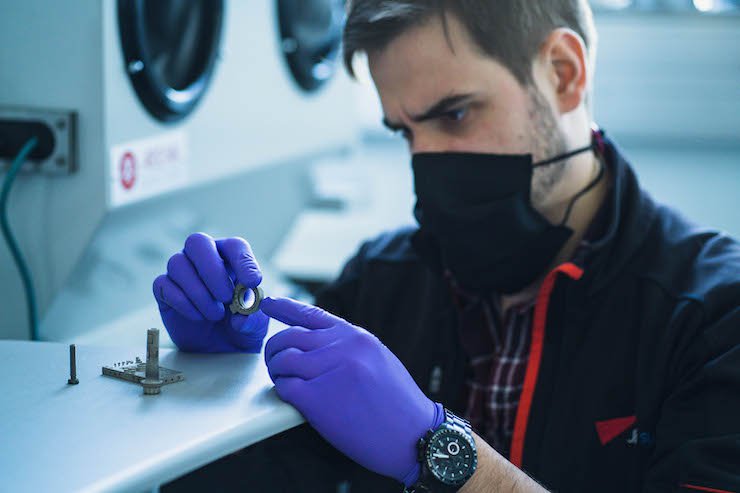AddUp-built metal 3D printer to undergo microgravity testing on the ISS
French industrial 3D printer manufacturer AddUp has revealed that a new system it has been helping develop is set to be launched into orbit for testing onboard the International Space Station (ISS).
Working as part of the European Space Agency’s (ESA’s) ‘Metal3D’ project, AddUp has built the internal structure and mechanisms of a machine, designed specifically to 3D print metal parts in space. As opposed to regular powder bed-based systems, the demonstrator is said to process wire feedstock affixed to its frame, stopping it floating away, and allowing the unit to operate in microgravity conditions.
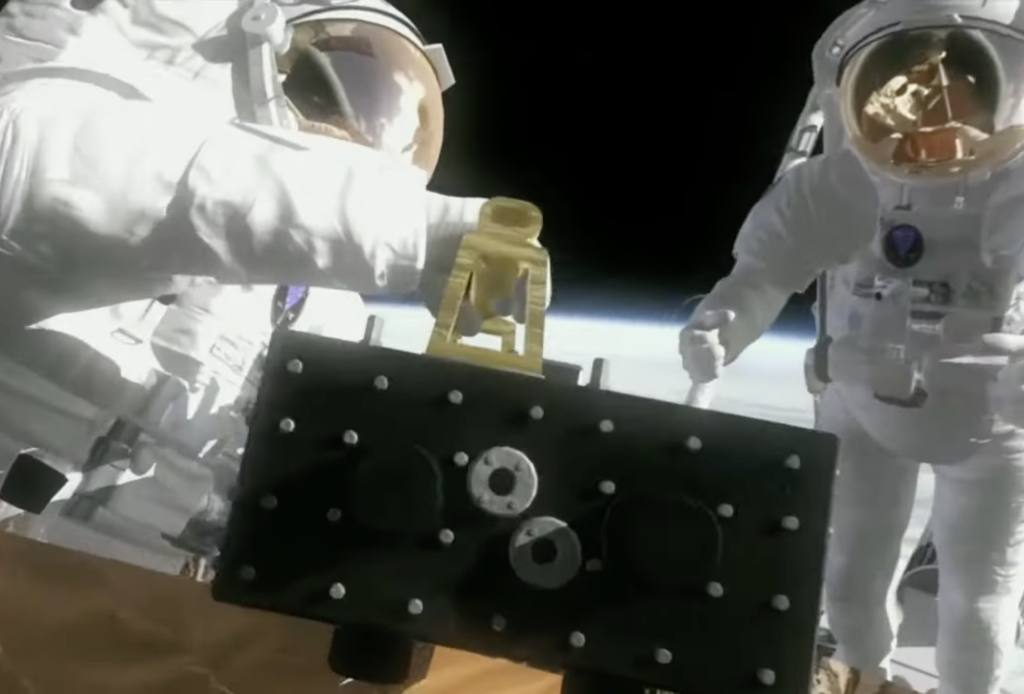
AddUp’s terrestrial printing portfolio
Over the last six years, AddUp has built up a portfolio around two of the industry’s leading metal 3D printing technologies: Powder Bed Fusion (PBF) and Directed Energy Deposition (DED). In the case of the former, the firm launched its flagship FormUp 350 system just last year, a machine designed specifically to meet industrial manufacturing challenges such as safety, productivity and quality.
Since then, AddUp has installed the FormUp 350 at Ohio State University, where students and staff alike have begun working on ways to optimize its performance. The company also released three new process monitoring packages recently, to bolster the capabilities of the machine. Composed of AddUp Dashboards, Recoat Monitoring, and Meltpool Monitoring, the suite is designed to provide users with increased confidence in part quality, and unlock the system’s end-use potential.
In terms of the DED side of its business, AddUp inherited much of its offering from its acquisition of BeAM Machines in June 2018. Still sold sporting BeAM branding, the firm’s Modulo 250 and Modulo 400 3D printers feature slightly different takes on the technology, with the former geared towards R&D applications, and the latter packing beefed-up specs said to give it industrial-level capabilities.
Using its range of DED and PBF machines, nearly 40 of which have been installed at its French bases in Strasbourg and Salon de Provence, AddUp continues to seek out new applications. While this has previously taken the company to the periphery of the aerospace sector, and it has developed parts such as heat exchangers, its ESA project is now seeing it build a full-blown orbital 3D printer.
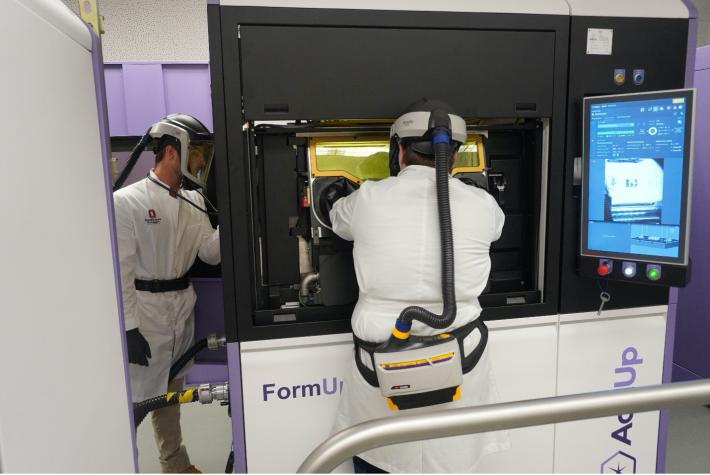
Trialing an orbital metal 3D printer
Launched by the ESA, with the goal of creating the world’s first system capable of 3D printing with alloys in orbit, the Metal3D project will see it work with various partners to identify the impact microgravity has on the properties of parts produced.
To achieve this, the ESA has commissioned the construction of two identical demonstrators, with one being built and operated in Toulouse alongside Airbus, and the other launched to the ISS’ Columbus module. Naturally, in order to allow for an accurate assessment of orbital conditions on metal printed components, the system is being developed to function both on Earth and in microgravity conditions.
Other partners tasked with enabling the program to meet its objectives, include a team from Cranfield University, which is overseeing the unit’s energy and material delivery systems, and Highftech, an R&D specialist that’s in charge of looking after the build of the machine’s enclosure in addition to its fluid management.
For its part in the mission, AddUp has not only developed some of the unit’s internals, but the Programmable Logic Controller (PLC) used to control it, as well as the interface that will allow it to communicate. According to AddUp R&D Engineer Alexandre Piaget, the firm also played a key role in the Metal3D’s project’s pre-planning stages, which “built the foundations of what the machine is today.”
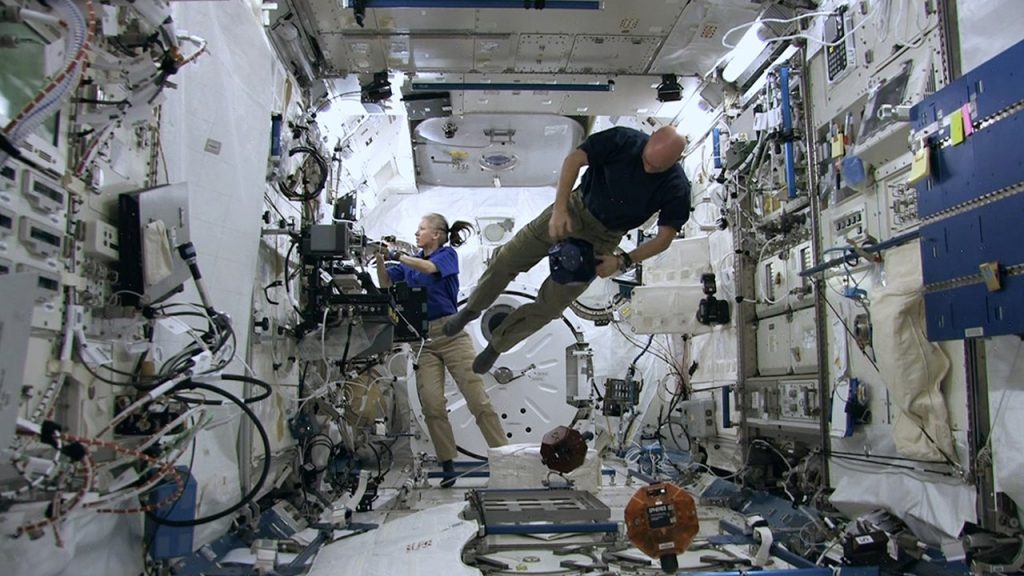
“AddUp plays an important role in the realization of this mission, but its involvement in the project goes back to the pre-project phase where the feasibility of the project had to be demonstrated,” explains Piaget. “In the final version of the machine, AddUp will be in charge of the mobile axes, the structural parts and the software of the machine.”
In terms of the machine itself, it’s said to be capable of overcoming the issues that prevent regular 3D printers being used in space, i.e. the risks posed by fine powder floating from the build area. The system accomplishes this by using a wire-laser combination (W-DED) process, which sees alloys fixed in place, before being laser fused together on a table that’s moved along 3 linear axes and 1 rotary axis.
The 3D printer is also set to be operated under a nitrogen atmosphere, as a means of limiting the oxidation of materials and reducing the risk of combustion, plus, given that nitrogen is in short supply on the ISS, the system is fitted with filtering and cooling functionality, to limit consumption and recycle as much gas as possible.
Though the machine isn’t expected to be fired into orbit until February 2023, AddUp has revealed that it’s already developing a machine inspired by Metal3D along with Airbus, which will “allow developments on this technology to continue.”
Those interested in finding out more about the progress of Metal3D can check out AddUp’s orbital 3D printing updates via its YouTube channel, and it has committed to providing more of these insights in the weeks and months ahead.
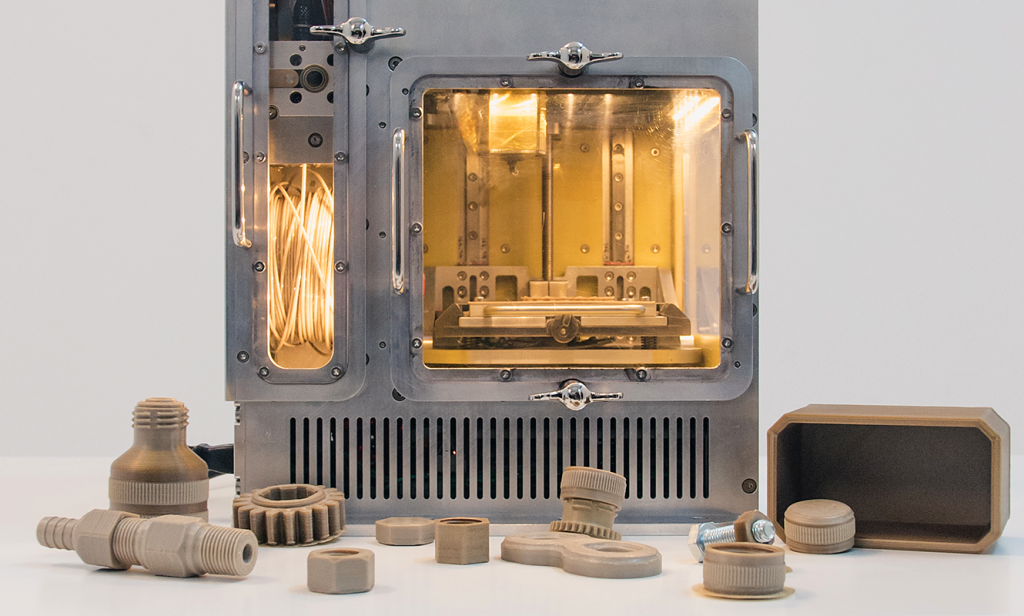
The race to 3D print in microgravity
The ISS has become a hotbed for 3D printing research in recent years, on which both commercial and academic researchers have sought to test emerging technologies under microgravity conditions. Working alongside another consortium of partners as part of ‘Project MELT,’ the ESA has previously developed a polymer microgravity 3D printer as well, which was also designed for ISS off-world testing.
On the 3D bioprinting front, CELLINK partnered with what was Made in Space (and is now Redwire) back in 2019, to identify potential orbital bioprinting opportunities onboard the ISS. At the time, it was anticipated that the project could have a real-world impact on the drug screening and cancer research carried out here on Earth.
Elsewhere, in a more recent experiment carried out by Iowa State University researchers, a novel zero-gravity electronics 3D printer has been tested aboard a refitted airplane. By continually flying the plane up and down at 45º angles, the team were able (at the top of this curve), to conduct tests while experiencing short bouts of weightlessness in microgravity.
To stay up to date with the latest 3D printing news, don’t forget to subscribe to the 3D Printing Industry newsletter or follow us on Twitter or liking our page on Facebook.
For a deeper dive into additive manufacturing, you can now subscribe to our Youtube channel, featuring discussion, debriefs, and shots of 3D printing in-action.
Are you looking for a job in the additive manufacturing industry? Visit 3D Printing Jobs for a selection of roles in the industry.
Featured image shows a rendering of a mocked-up Metal3D system being used by astronauts. Image via AddUp.
AddUp-built metal 3D printer to undergo microgravity testing on the ISS
